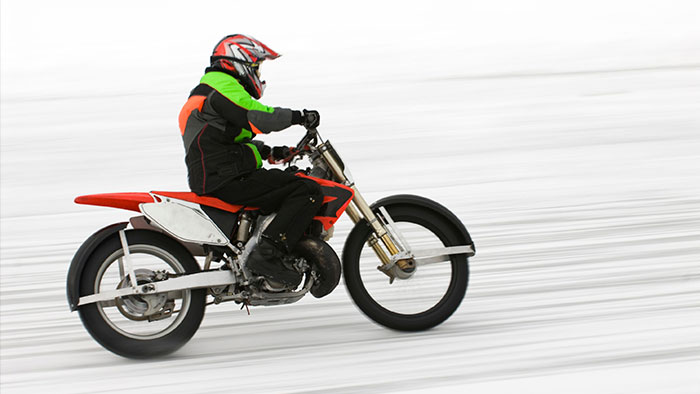
According to the National Highway Traffic Safety Administration, fatal motorcycle accidents increased 25.6% from 2020 to 2021 in New Jersey. Safe riding requires knowing how to handle all weather conditions.
Anyone who wants to continue using their motorcycle all year must learn how to ride safely in winter weather conditions. Riding in colder weather requires careful planning and a keen awareness of the unique seasonal challenges. Before embarking on a winter motorcycle journey, riders must consider several key factors to ensure a safe and enjoyable experience.
Proper maintenance
Cold temperatures can impact tire pressure, so regular checks are necessary to ensure optimal performance. Consider switching to winter-specific tires designed for lower temperatures. They provide enhanced grip and stability on icy or wet surfaces. Adequate tread depth is essential for navigating slippery conditions.
Before hitting the winter roads, riders should assess their motorcycle’s overall condition. Cold weather can affect a bike’s battery performance, so ensure a full charge. Lubricating moving parts, checking the brakes and inspecting lights and signals contribute to a safer riding experience.
Heightened awareness
Road conditions can change rapidly during winter, and riders must exercise heightened caution. Be particularly wary of black ice. Approach turns and intersections with reduced speed and maintain a safe following distance to allow for quick reactions. Anticipate longer stopping distances and be mindful of other road users who may not be as accustomed to sharing the road with motorcycles during the winter months.
Winter motorcycle riding can be an exhilarating experience, provided riders take the necessary precautions. With the right approach, motorcyclists can continue to pursue their passion all year long.
